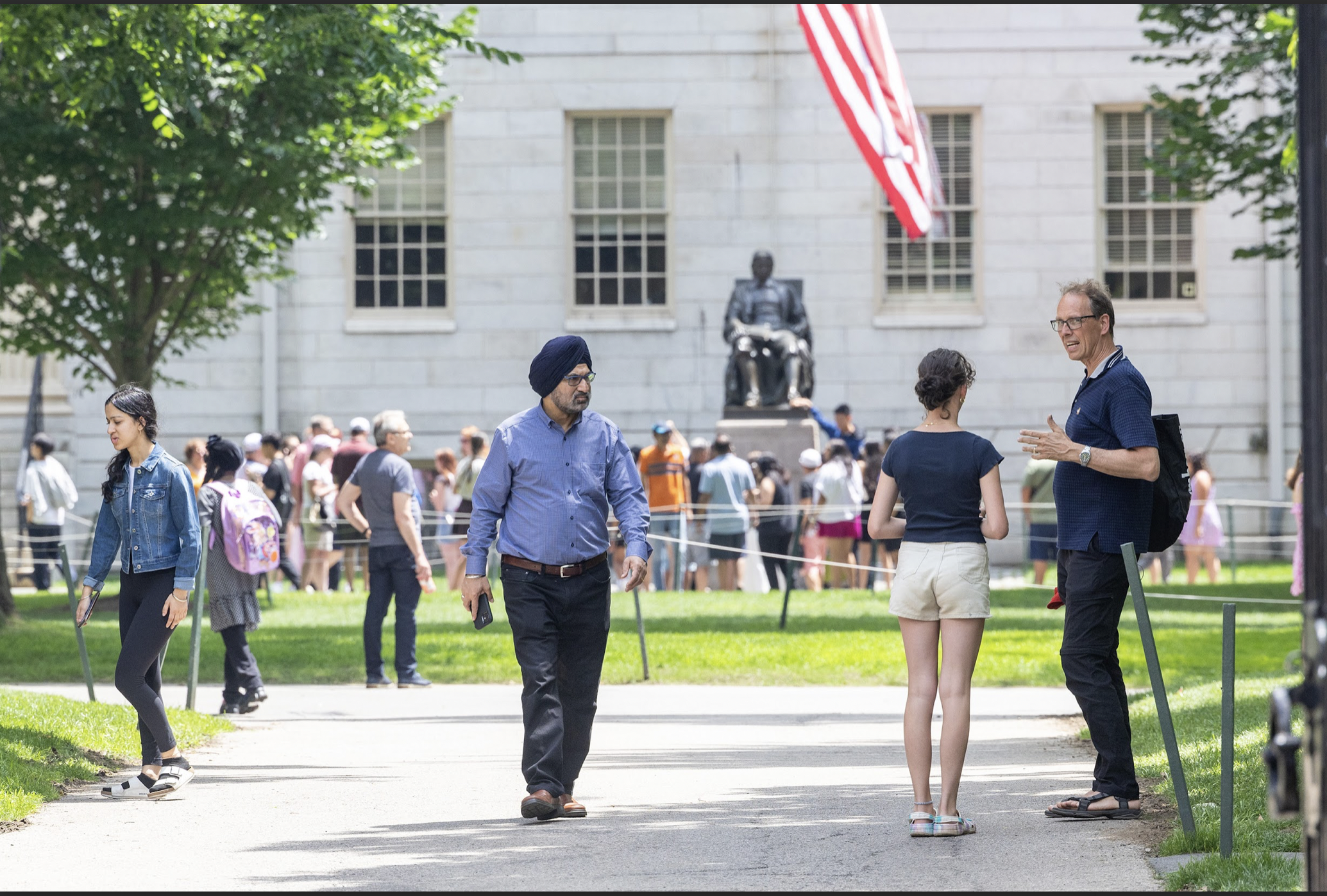On June 29, 2023, The United States Supreme Court made the decision to view affirmative action plans in universities and colleges as unconstitutional.
This decision greatly impacts many students of color, as affirmative action helped create pathways for minority students to receive the same opportunities as those who came from more privileged backgrounds.
However, there is a part of affirmative action that needs to be looked at more closely in order to see just how much damage this will cause to minority students.
It is no secret, nor should it come as any surprise, that all students (whether they be in grammar school, high school, or college) do not have access to the same education. When looking at the public school system, there are many differences between the education students are receiving in wealthier neighborhoods compared to those in poverty.
Looking at just Illinois alone, Crain’s Chicago Business estimates that Evidence Based Funding, which aims to give more state funding to public schools in underserved communities, is currently $7 billion behind where it needs to be.
It is also unfortunately easy to see that many of these poverty-stricken neighborhoods usually have high minority populations.
For example, according to the Urban Institute, areas of low wealth in Chicagoland have higher amounts of households of color.
These are the neighborhoods that do not receive the funding needed to keep their public schools updated with various programs and highly qualified teachers who can provide a wonderful and diverse education to students.
I was very lucky to be able to attend a private high school in the Chicago area, because my local public high school was one of those schools that could not afford to fix broken windows, that had a reputation for gang involvement, and that could not provide the resources students needed to thrive due to a lack of funding. Because of all this, the neighborhood has a lack of belief in the students that have no choice but to attend this school.
It is because of these inequalities in education that affirmative action plans need to be created, so that all students, especially those from minority groups, can have the same ability to thrive and go out and create change in the world.
But what if there had been a way in the past to create these opportunities for students before they got to college?
What if our local and federal government actually cared enough to fund better public school systems so that these inequalities were eliminated when students were in grammar school, and not having them wait until they got to college to be given the education they deserve?
Education is the biggest building block every child needs and deserves. Affirmative action was a wonderful way to provide this to college students, but the problems of educational inequality do not begin inside college campuses.
They begin much earlier on, and sometimes, as a first generation latina student, I wonder why did we have to wait to matter until we got to college? Why didn’t they care to fix the schools in the neighborhoods I grew up in?
It is hard to tell now what the exact direct effects of banning affirmative action plans will be. However, it is important to remain optimistic that universities and colleges will continue to value the importance of diversity and continue to give chances to those students who come from high schools that did not receive the support and resources that they deserved.

